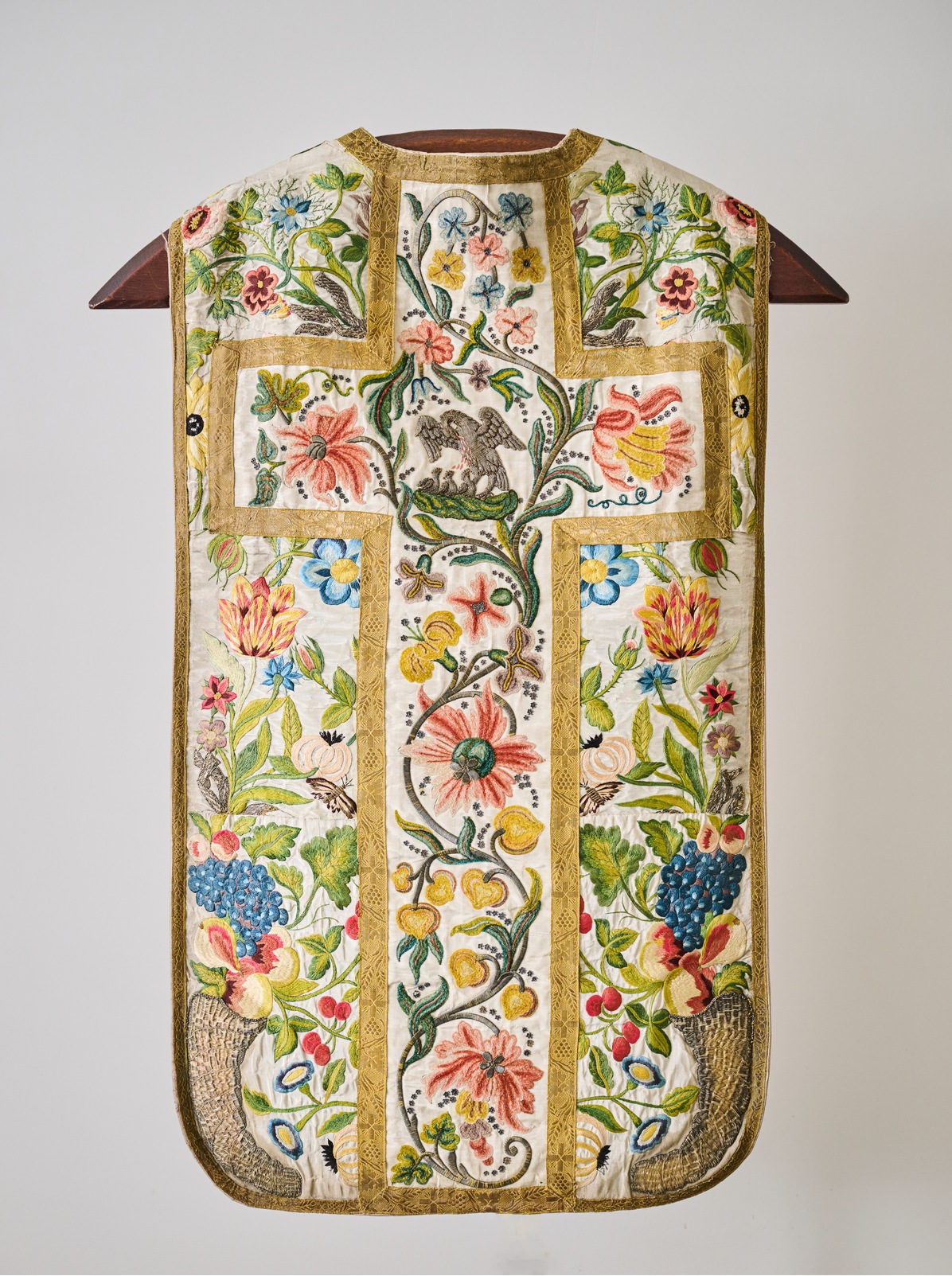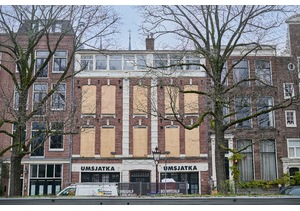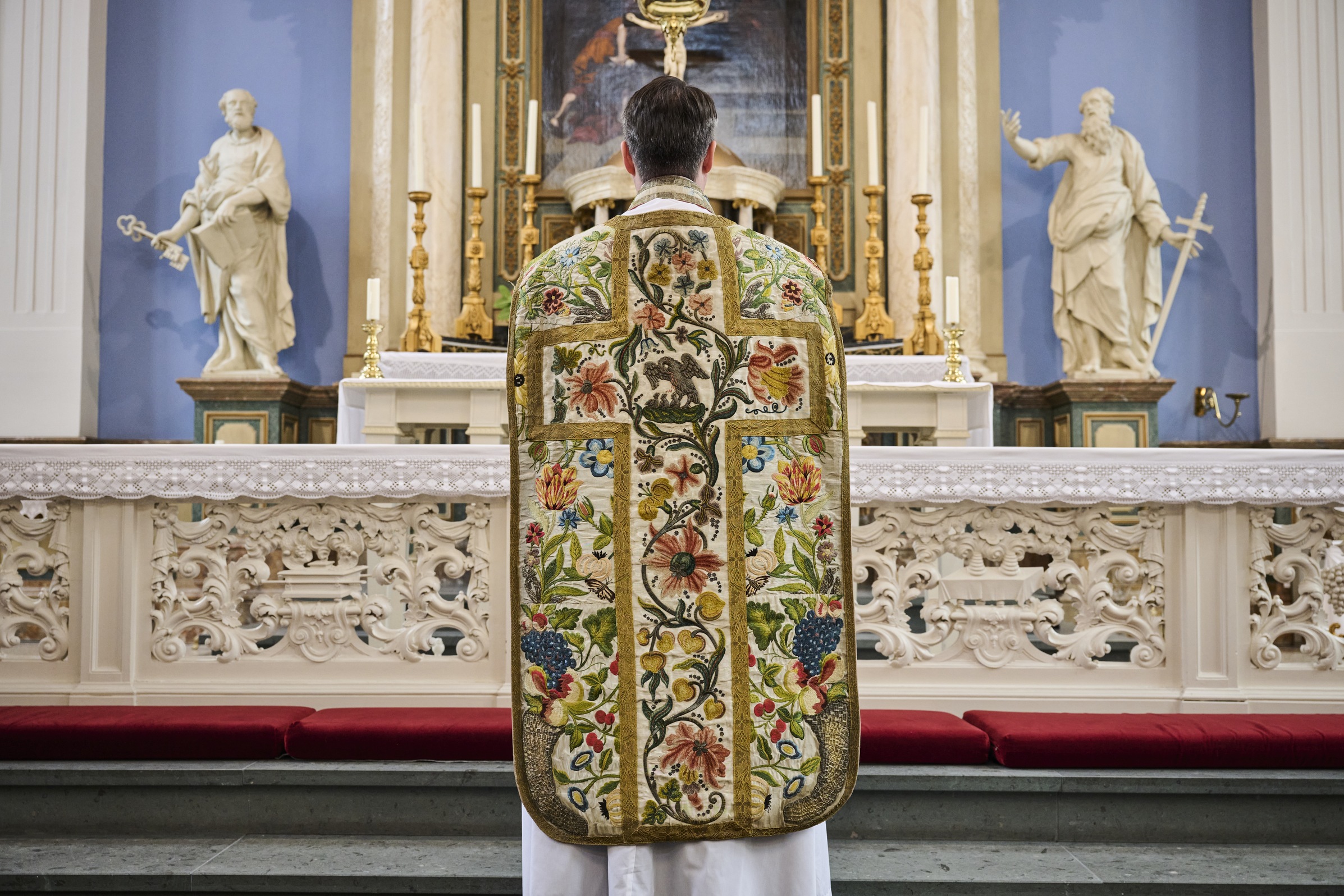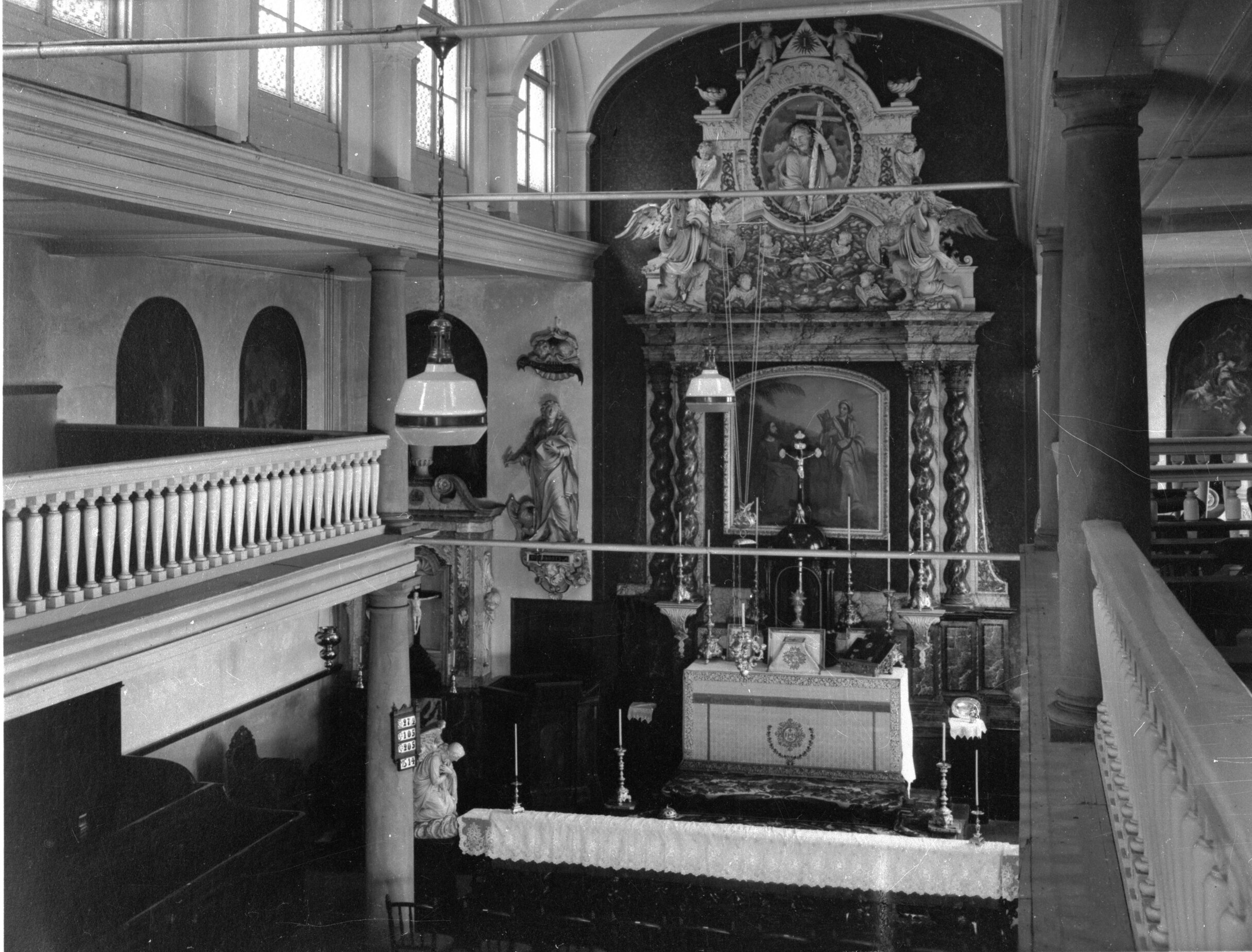This lavishly embroidered vestment sparkles at you. But, what does it teach us about (Old) Catholic identity if we unravel it further?
Location
Sts. Willibrordus and Johannes
Brouwersgracht 132
Type
Hidden church
Religious community
Old Catholic Church
Object
Lavishly decorated priestly vestment
Maker and date
Maker unknown
1650-1675
Visit
The object is not on display
A whole history on your shoulders
It doesn't get much more festive than this chasuble! During important Christian festivals like Easter and Christmas, priests wear white vestments. The white colour symbolises joy, purity and innocence. This chasuble also officially counts as “white”, but the lavish embroidery with colourful flowers, fruits and insects would almost make you overlook it. The back of the chasuble is the most important, which was the side that people in the church saw the most when the priest's back was turned towards them.
Chasuble
Vestment worn by the priest during Mass.
The lavish decoration tells us something about the time the chasuble was made. In the 17th century, Protestantism was the dominant religion in the Netherlands. Catholics were no longer allowed to express their faith in public. In a short time, they had to exchange large, decorated churches for small and inconspicuous hidden churches. They compensated for this loss by decorating their utensils even more lavishly than ever before. Thus, this chasuble is also a symbol of how Catholics held on to their faith in times of oppression.
It is no coincidence that this centuries-old showpiece is preserved in an Old Catholic church building. The Old Catholic Church was created by a split from the Roman Catholic Church in the 18th century. The parishioners of the hidden church on the Brouwersgracht, for which this chasuble was made, belonged to the group of Dutch Catholics who felt that the pope in Rome was usurping too much power. The Old Catholics went their own way. Consequently, they cared less about the wave of innovation that caused many Roman Catholic churches to discard their old vestments to start wearing more modern designs in the 1960s. Thus, this chasuble is a symbol of adherence to one's own traditions not only in the 17th century, but still in our times.
Old Catholic Church
This Church emerged in the 17th and 18th centuries from a movement of Catholics who were critical of the Roman Catholic Church. They felt that the pope in Rome drew too much power to himself and wanted more freedom to govern their church independently in the Netherlands. In the Old Catholic Church, non-clerical members help govern and bishops are elected. Because the church is small and relatively independent, it can easily respond to social changes and issues.
Kirsten van Kempen
Secretary of the Teachers' College of the Old Catholic Seminary and Curator of Cultural History at the Limburgs Museum
Thanks to
Michael van den Bergh
Pastor Old Catholic Parish in Amsterdam
Last edited
May 22, 2025
Wit barok kazuifel, unknown maker, 1650-1675, embroidered silk. Collection HH. Petrus en Paulus & HH. Johannes en Willibrordus.
Interior:
exterior: photography Robert Westera.
Priest wearing the white baroque chasuble. Photography Robert Westera.
Het interieur van de oud-katholieke schuilkerk aan de Brouwersgracht 132. Collection City Archives Amsterdam.
De Beer, R., Kerkgewaden in de verdrukking, paramenten in de Republiek als dragers van identiteit 1580-1650, Proefschrift ter promotie aan de Universiteit Utrecht (Utrecht, 2023).
Schoon, D., Wegwijs in de Oud-Katholieke Kerk, Publicatieserie Stichting Oud-Katholiek Seminarie (Sliedrecht, Merweboek 2011).








